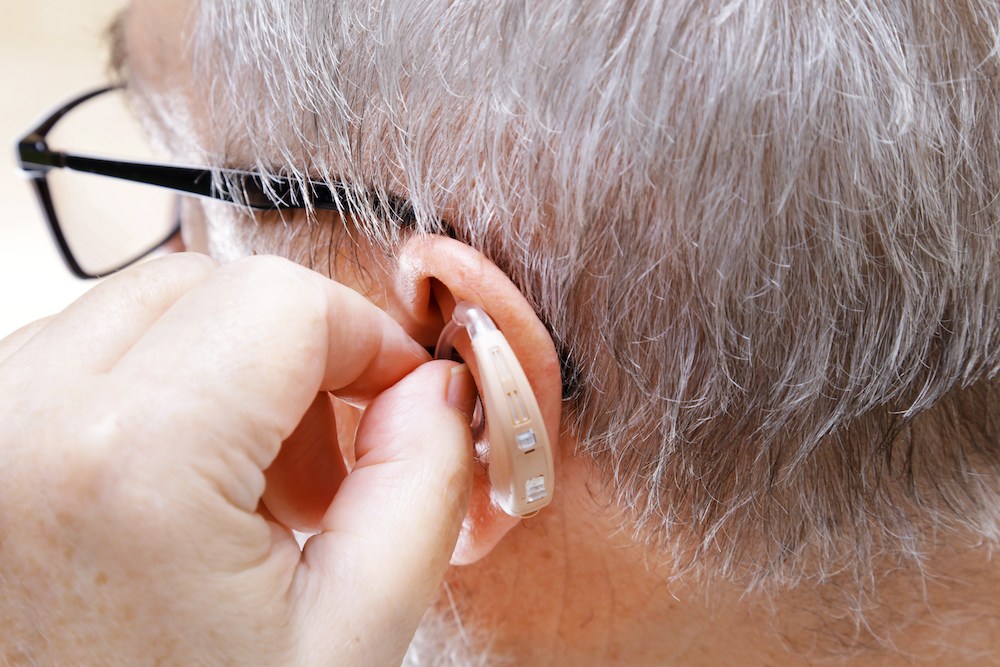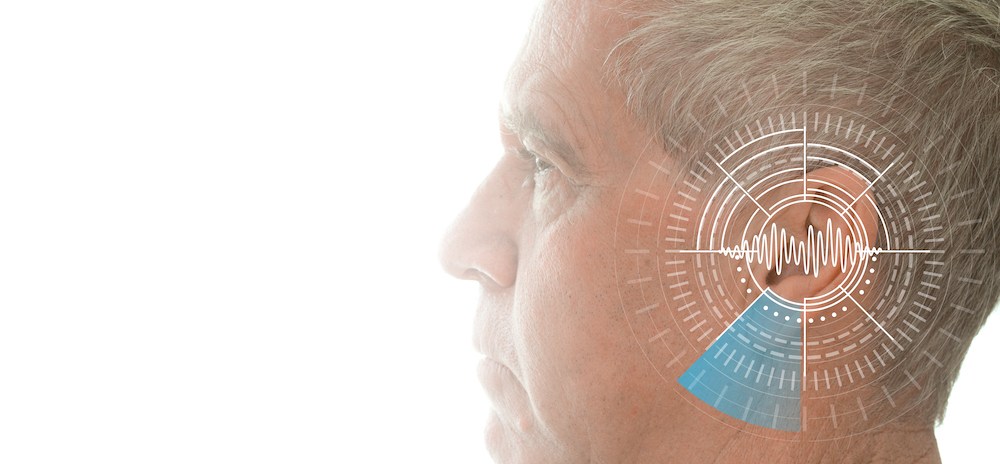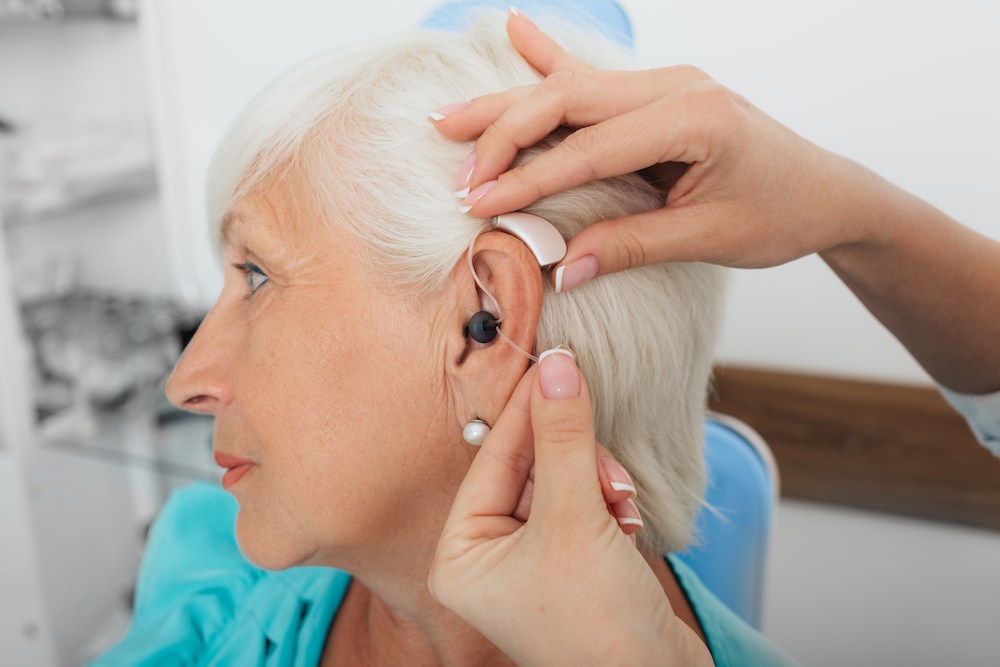The Role of Technology in Managing Hearing Loss
Technology has changed how hearing loss is managed, making it easier for

By: admin | June 24, 2024
Wondering why your hearing aid batteries seem to run out so quickly? You’re not alone. Many people who rely on these devices every day share your concern. The lifespan of your hearing aid battery is influenced by a range of factors, some of which you can control. By understanding these factors, you can maximize each battery’s life, saving you both time and money. With this knowledge, you’ll be better equipped to manage your hearing aids effectively. Let’s take a look at what affects battery life and how you can extend it for optimal use of your hearing aids.
Just like your smartphone, your hearing aid batteries don’t last forever. Several factors can impact their lifespan, from the type of hearing aid you use to your surrounding environment. How much you use your hearing aid is a big factor with the battery life. The more you use your hearing aids, the quicker their batteries will drain. It’s similar to how your laptop or phone battery drains faster when you’re using it constantly compared to when it’s on standby. Also, if you’re often in environments with a lot of background noise or where you need to adjust volume levels frequently, this can also shorten battery life.
Understanding these factors gives you more control over extending battery life. You can save by reducing the frequency of battery replacements. However, frequent use and adjustments can lead to quicker battery drain. Certain unavoidable environmental factors may also affect battery life negatively.
If you know what factors affect the battery life if your hearing aids, you can understand how technology can impact your battery life. Did you know that the technology in your hearing aids can significantly impact how long your batteries last? Indeed, advanced features like wireless streaming, noise reduction and directional microphones can consume more power, draining your batteries faster.
But don’t let this discourage you from using these helpful features. They are designed to enhance your listening experience and make communication easier for you. The key is to understand how they work and use them wisely. Here are a few tips:
Do you wonder how your daily usage patterns can affect your hearing aid battery life? You might be surprised to learn that the average hearing aid battery lasts between three to 22 days, depending on the style and size of the device, as well as how often it’s used. Your daily habits play a significant role in determining how long your batteries will last!
Not only does your daily usage effect the battery performance if your hearing aids, so can the environment and the climate. Did you know that both high and low temperatures can affect how long your batteries last? In warmer climates or during the summer months, high temperatures can cause batteries to discharge more quickly. On the other hand, cold weather conditions can also lead to a decrease in battery life. This is because low temperatures slow down the chemical reactions inside the battery that produce electricity.
Apart from temperature, humidity levels also affect your battery performance. Dry conditions can cause batteries to lose their charge faster, while overly humid environments may lead to condensation build-up in your hearing aids, potentially damaging them and affecting their overall performance.
Understanding how environmental factors like temperature and humidity affect your hearing aid batteries is key for optimal use and longevity of these devices. Being aware of these implications will help you better manage your hearing aids regardless of where you live or what season it is!
Have you ever considered the relationship between the size of your hearing aid batteries and their lifespan? This is an important factor that often goes unnoticed. The truth is there’s a direct link between the two. Larger batteries generally last longer than smaller ones. This is because they have more capacity to store energy, which means they can power your hearing aids for a longer period before needing replacement.
However, it’s important to remember that larger batteries also mean larger hearing aids. So, if you prefer smaller, more discreet devices, you may need to compromise on battery life. It’s all about finding the right balance for your needs and lifestyle!
After understanding the various factors that affect your hearing aid battery life, it’s time to look at some practical tips to prolong it. These suggestions can help you get the most out of each battery, ensuring your hearing aids are always ready when you need them.
Firstly, turn off your hearing aids when they’re not in use. This simple step can go a long way in preserving battery life. Secondly, store your batteries at room temperature. Extreme temperatures can impact their performance, so avoid storing them in hot or cold places. Following these tips can make a noticeable difference in how long your batteries last and keep your hearing aids functioning optimally for longer periods.
After discussing ways to prolong your hearing aid battery life, let’s now focus on proper storage and care for these batteries. This is an important aspect that can often be overlooked, but it plays a significant role in ensuring the longevity and effectiveness of your batteries.
One challenge you might face is finding an ideal place to store your hearing aid batteries. A common mistake is storing them in the refrigerator, thinking that the cold will help preserve them. However, this can actually lead to condensation and moisture damage, which can shorten their lifespan.
A better solution would be to store your hearing aid batteries at room temperature, away from humidity and extreme temperatures. Keeping them in a dry place helps maintain their optimal performance. Proper storage not only extends battery life but also ensures your hearing aids function effectively when you need them most!
Regular maintenance and proper storage of your hearing aids is not only essential for their overall performance but also plays a significant role in extending battery life. Regular cleaning of the device helps prevent wax or debris build-up, which could otherwise block the microphone and speaker, forcing the device to work harder and drain the battery faster.
Clean your hearing aids gently with a dry cloth or a special cleaning tool provided by your audiologist. Avoid using water or other cleaning solutions as they can damage the device. Regular maintenance ensures your hearing aids and their batteries function optimally for a longer period.
Knowing when your hearing aid batteries are nearing the end of their life can help you avoid unexpected power loss at crucial moments. Common signs include distorted sound, reduced sound level or the hearing aid not working even after adjusting the volume. Some hearing aids also come with a low battery warning feature, which can be quite helpful. If you notice any of these signs, it’s best to replace the batteries as soon as possible to ensure your hearing aids continue to function effectively.
As you have seen, there’s a lot to consider when it comes to your hearing aid batteries. From understanding how various factors affect their lifespan to learning about proper storage and care, every piece of knowledge contributes to making wise decisions about your hearing aid batteries.
Choosing the right batteries for your hearing aids is not just about picking the ones with the longest life. It’s about finding a balance between performance, cost and convenience that suits your lifestyle and hearing needs. Informed decisions are always the best decisions when it comes to managing your hearing health effectively.
Not all hearing aid batteries are the same size and fit different hearing aids. There are four main types of hearing aid batteries: sizes 10, 312, 13 and 675. Each size has its own color code on the packaging for easy identification. Size 10 batteries are yellow, size 312 batteries are brown, size 13 batteries are orange and size 675 batteries are blue.
The size of the battery affects its lifespan and power. Smaller batteries like size 10 have a shorter lifespan but are suitable for smaller and more discreet hearing aids. On the other hand, larger batteries like size 675 last longer but are used in larger hearing aids with more power and features. Understanding the differences between these battery types can help you choose the right one for your specific hearing aid model and your lifestyle needs.
Did you know that you can extend your hearing aid battery life by properly activating them? Hearing aid batteries are air-activated. This means they begin working once the protective sticker on the back is removed and they are exposed to air. However, it’s recommended to wait for about five minutes after removing the sticker before inserting the battery into your hearing aid. This waiting period allows the battery to fully activate and can extend its life by up to 30%. Once the sticker is removed, the battery will start draining, even if it’s not in use.
Understanding the ins and outs of hearing aid battery life can seem complex, but with the right knowledge, you’re well on your way to making informed decisions. This understanding allows you to manage your hearing aids effectively, ensuring they are always ready when needed.
Remember that at Kricket Audiology in Cincinnati and Montgomery, OH, we’re here to assist you further. If you have any questions or need professional advice about extending your hearing aid battery life or any other hearing-related concerns, don’t hesitate to reach out. Call us at (513) 322-1245 and let our team of experts guide you towards better hearing health management. We look forward to serving as a resource for all your audiology needs!
Tags: hearing aid basics, hearing aid repair, hearing aid styles

Technology has changed how hearing loss is managed, making it easier for
By: admin | November 17, 2025

Tinnitus can be one of those hearing-related issues that’s hard to
By: admin | August 21, 2025

Technology has changed almost every aspect of our lives over the past few
By: admin | April 24, 2025
